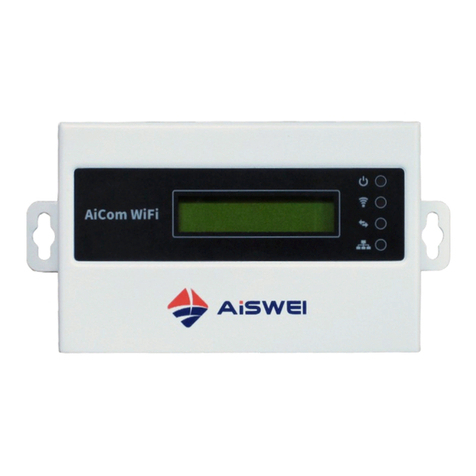Contents
~ 1~
Contents
1. About this Manual ..................................................................................................... 3
1.1 Scope of Application ............................................................................................. 3
1.2 Target Reader .......................................................................................................... 3
1.3 Abbreviations .......................................................................................................... 3
2. Introduction................................................................................................................. 4
2.1 Product Overview .................................................................................................. 4
2.2 Function and Features ......................................................................................... 5
2.3 Scope of Application ............................................................................................. 5
2.4 Scope of Delivery.................................................................................................... 5
2.5 Environment ............................................................................................................ 6
2.6 Safety Symbols ........................................................................................................ 6
3. Indication ..................................................................................................................... 6
3.1 LED Indication......................................................................................................... 6
3.2 LCD Indication......................................................................................................... 7
4. Installation................................................................................................................... 9
4.1 Location...................................................................................................................... 9
4.2 Installation................................................................................................................ 9
5. Connection .................................................................................................................11
5.1 Preparation.............................................................................................................11
5.2 Connection Area ...................................................................................................11
5.3 Connecting the Power........................................................................................12
5.4 Connecting the Inverter ....................................................................................12
5.5 Connecting the energy meter .........................................................................13
5.6 Connecting to the Ethernet..............................................................................15
5.7 *Connecting to the WiFi ....................................................................................17
5.8 Connecting to DRED............................................................................................19
6. Web Server.................................................................................................................20
6.1 Visiting the Web Server.....................................................................................20
6.2 Home..........................................................................................................................21
6.3 Ethernet....................................................................................................................22
6.4 Advanced .................................................................................................................22
6.5 *Wireless..................................................................................................................30




























